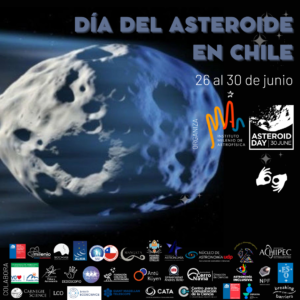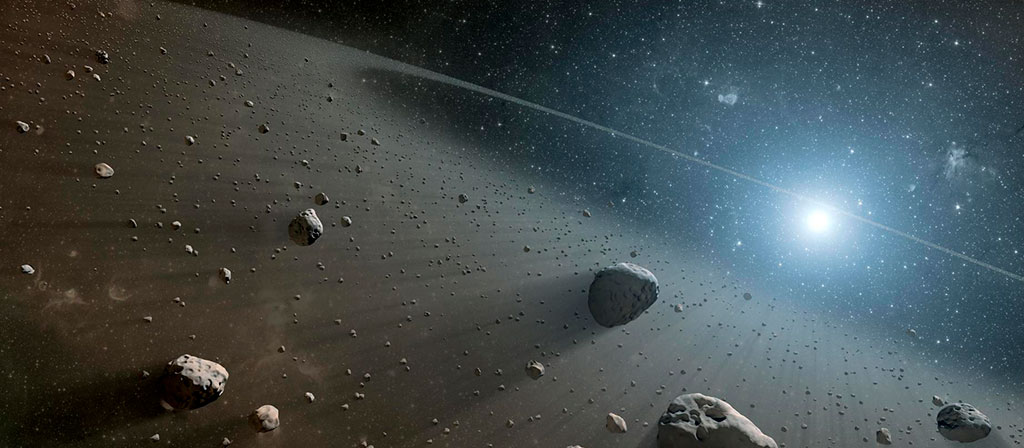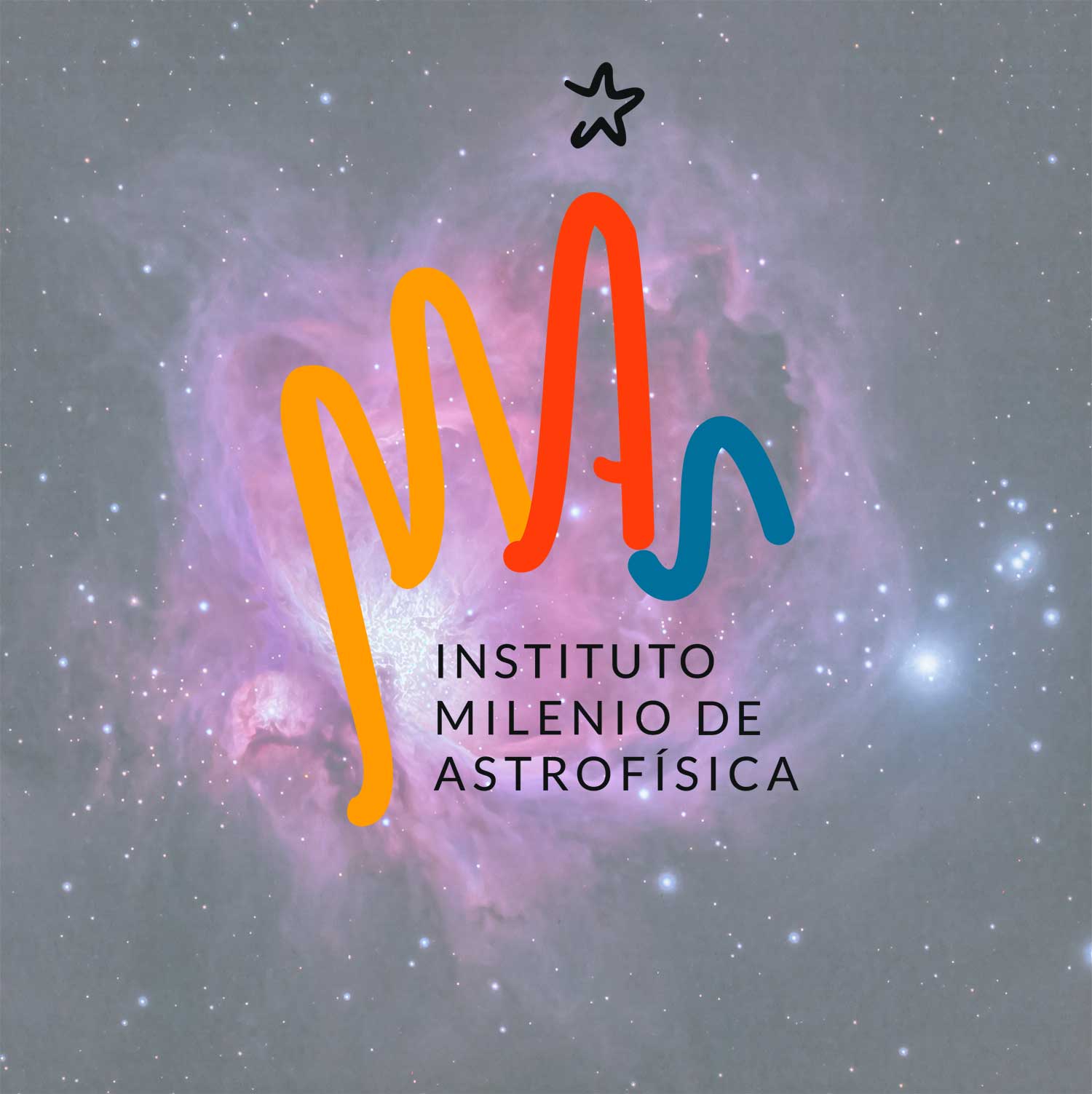G. Dhungana, R. Kehoe, J. Vinko et al., 2016, ApJ 822 6
We present extensive optical (UBV RI, ${g}^{\prime }{r}^{\prime }{i}^{\prime }{z}^{\prime }$, and open CCD) and near-infrared (ZY JH) photometry for the very nearby Type IIP SN 2013ej extending from +1 to +461 days after shock breakout, estimated to be MJD 56496.9 ± 0.3. Substantial time series ultraviolet and optical spectroscopy obtained from +8 to +135 days are also presented. Considering well-observed SNe IIP from the literature, we derive UBV RIJHK bolometric calibrations from UBV RI and unfiltered measurements that potentially reach 2% precision with a B − V color-dependent correction. We observe moderately strong Si ii $\lambda 6355$ as early as +8 days. The photospheric velocity (${v}_{{\rm{ph}}}$) is determined by modeling the spectra in the vicinity of Fe ii $\lambda 5169$ whenever observed, and interpolating at photometric epochs based on a semianalytic method. This gives ${v}_{{\rm{ph}}}=4500\pm 500$ km s−1 at +50 days. We also observe spectral homogeneity of ultraviolet spectra at +10–12 days for SNe IIP, while variations are evident a week after explosion. Using the expanding photosphere method, from combined analysis of SN 2013ej and SN 2002ap, we estimate the distance to the host galaxy to be ${9.0}_{-0.6}^{+0.4}$ Mpc, consistent with distance estimates from other methods. Photometric and spectroscopic analysis during the plateau phase, which we estimated to be 94 ± 7 days long, yields an explosion energy of $0.9\pm 0.3\times {10}^{51}$ erg, a final pre-explosion progenitor mass of 15.2 ± 4.2 ${M}_{\odot }$ and a radius of 250 ± 70 ${R}_{\odot }$. We observe a broken exponential profile beyond +120 days, with a break point at +183 ± 16 days. Measurements beyond this break time yield a 56Ni mass of 0.013 ± 0.001 M ${}_{\odot }$.











